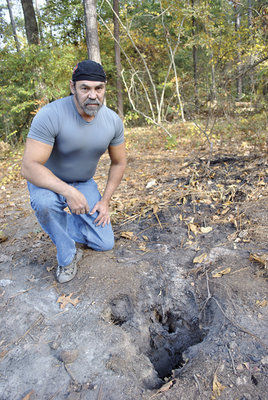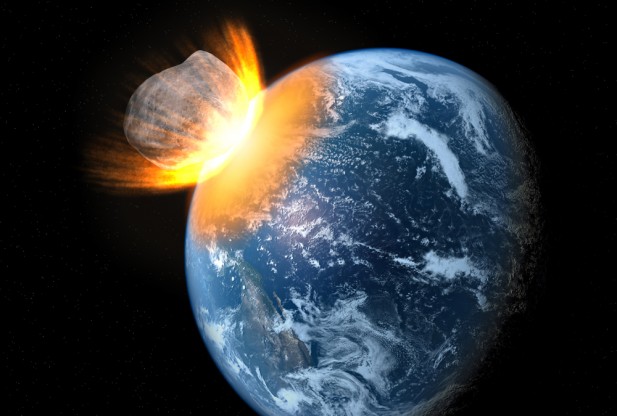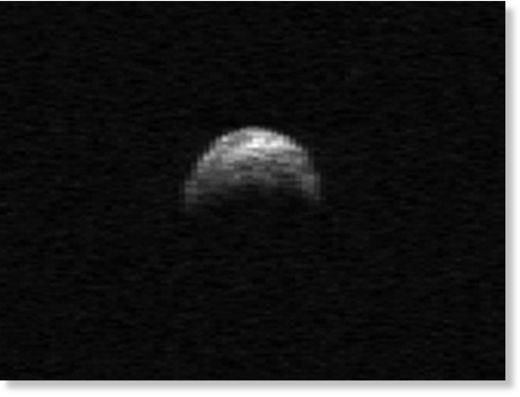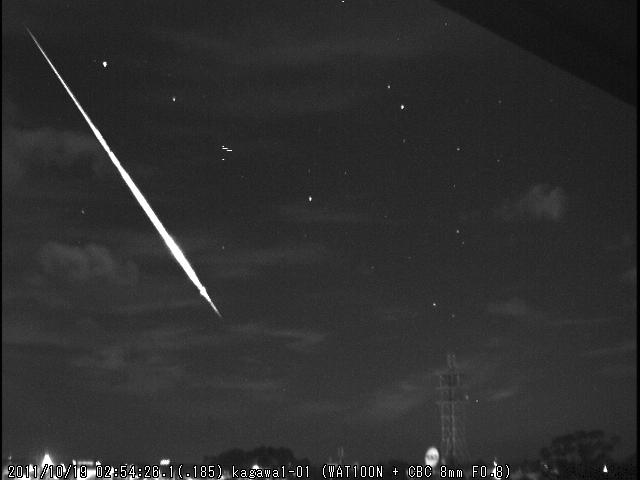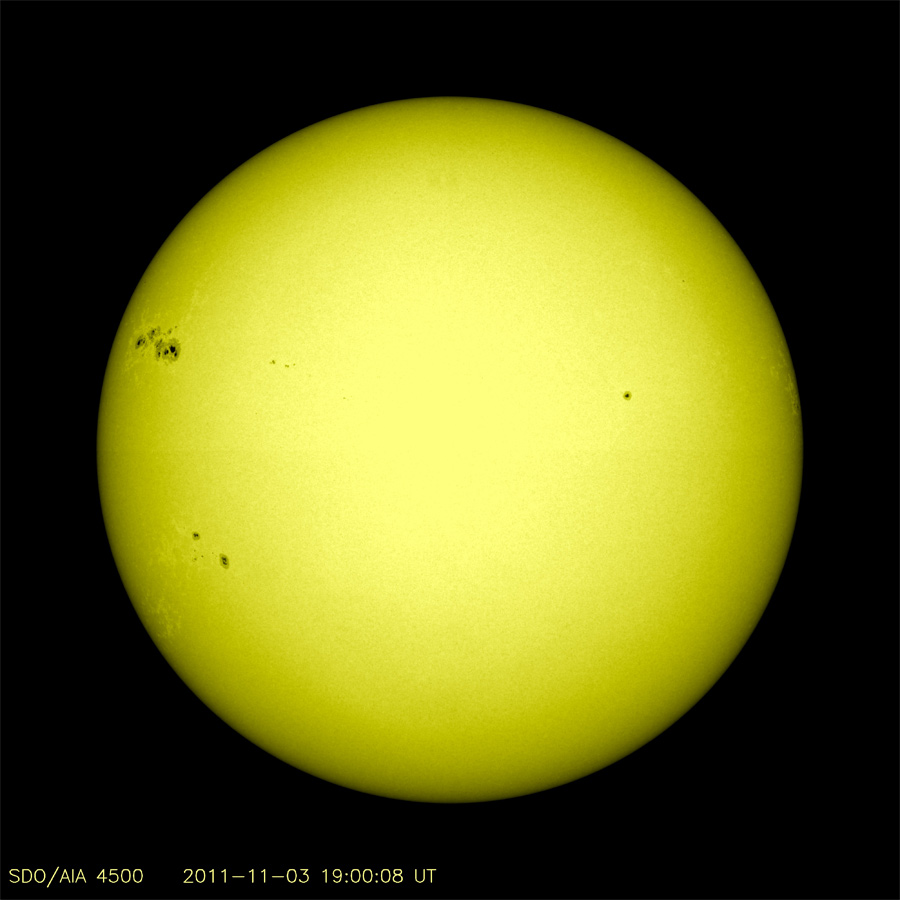
One of the largest sunspots in years has appeared on the sun, darkening part of its glowing face.
The massive sunspot, called AR1339, is about 50,000 miles (80,000 km) long, and 25,000 miles (40,000 km) wide, reports SpaceWeather.com. For comparison, Earth itself is only 8,000 miles (12,800 km) wide.
The sunspot behemoth isn't yet facing our planet, but was spotted today (Nov. 3) by NASA's Solar Dynamics Observatory (SDO) satellite. The spacecraft's photos of the giant sunspot show the solar region as it comes into view on the northeastern edge, or limb, of the sun.
When it does turn our way in the days ahead, it should be an "easy target for backyard solar telescopes," according to SpaceWeather.com.
The sunspot is actually a group of nearby darkened spots on the sun, some of which are individually wider than planet Earth.

